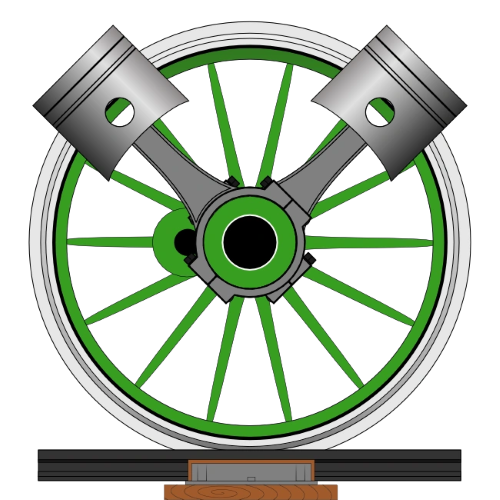The GP9 four-axle diesel locomotive was the successor to the GP7. The GP9 was first introduced in 1954, production ceased in 1959 in the US while production ended in 1963 in Canada. GP9 utilized a 567 prime mover capable of 1,750 hp. The locomotive had cab and non-cab derivatives. A total of 3,441 GP9's were built for American railroads, with an additional 646 for Canadian railroads. There were other units for Mexico and Brazil. Another locomotive under the GP9 umbrella was the GP9RM that utilized some parts of retired F-units or cannibalized GP7's. CN and CP are the last two Class I operators of GP9's on a large scale. BNSF still rosters a few, including 1 GP9B. Several BN GP9's were rebuilt as part of the 1990's rebuild program initiated by the railroad. These GP9s were repowered with CAT 3512 prime movers and redesignated GP15C's. These units were since passed on the the TC&W.
Preservation[]
Trivia[]
- They are still operating on short lines, as parts are readily available.
- D87 traction motors are the same size as D78 traction motors so D87's are easily compatible.
- Pan Am Railways painted two of their GP9s into heritage schemes from railroads which once operated over their trackage (Boston and Maine, Maine Central). They have since been sold to Heber Valley Railroad.
- Bangor and Aroostook GP7 #1776 - was painted as the roads contribution to the Bicentennial celebration in 1976.
Accidents[]
- On September 15, 1958, a CNJ train plunged off the open Newark Bay Bridge after passing a red signal for unknown reasons, killing 48 people. GP9s 1532 and 1526, along with 2 coaches were submerged. A third coach was left dangling by it's rear truck before plunging into the bay 2 hours later.
